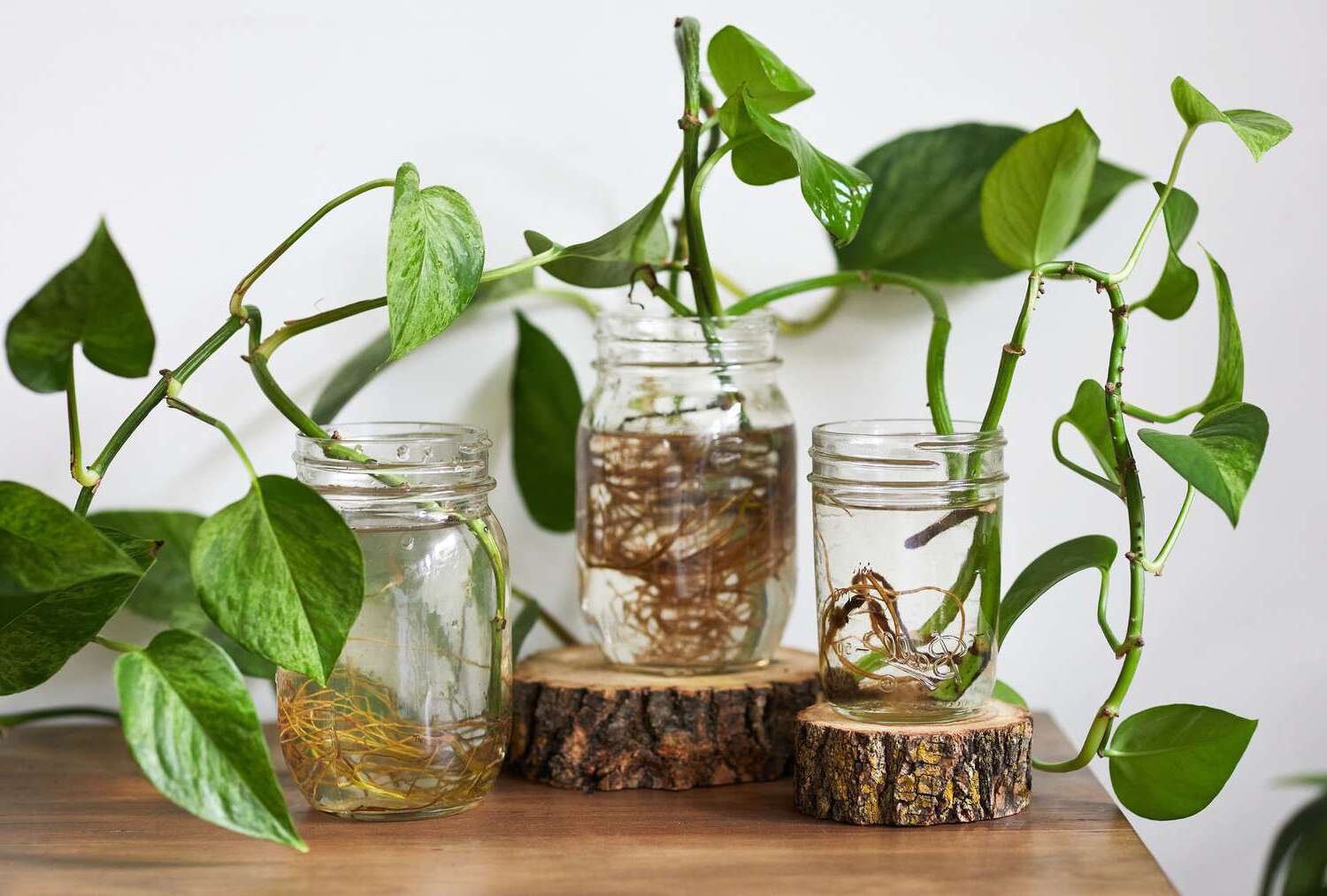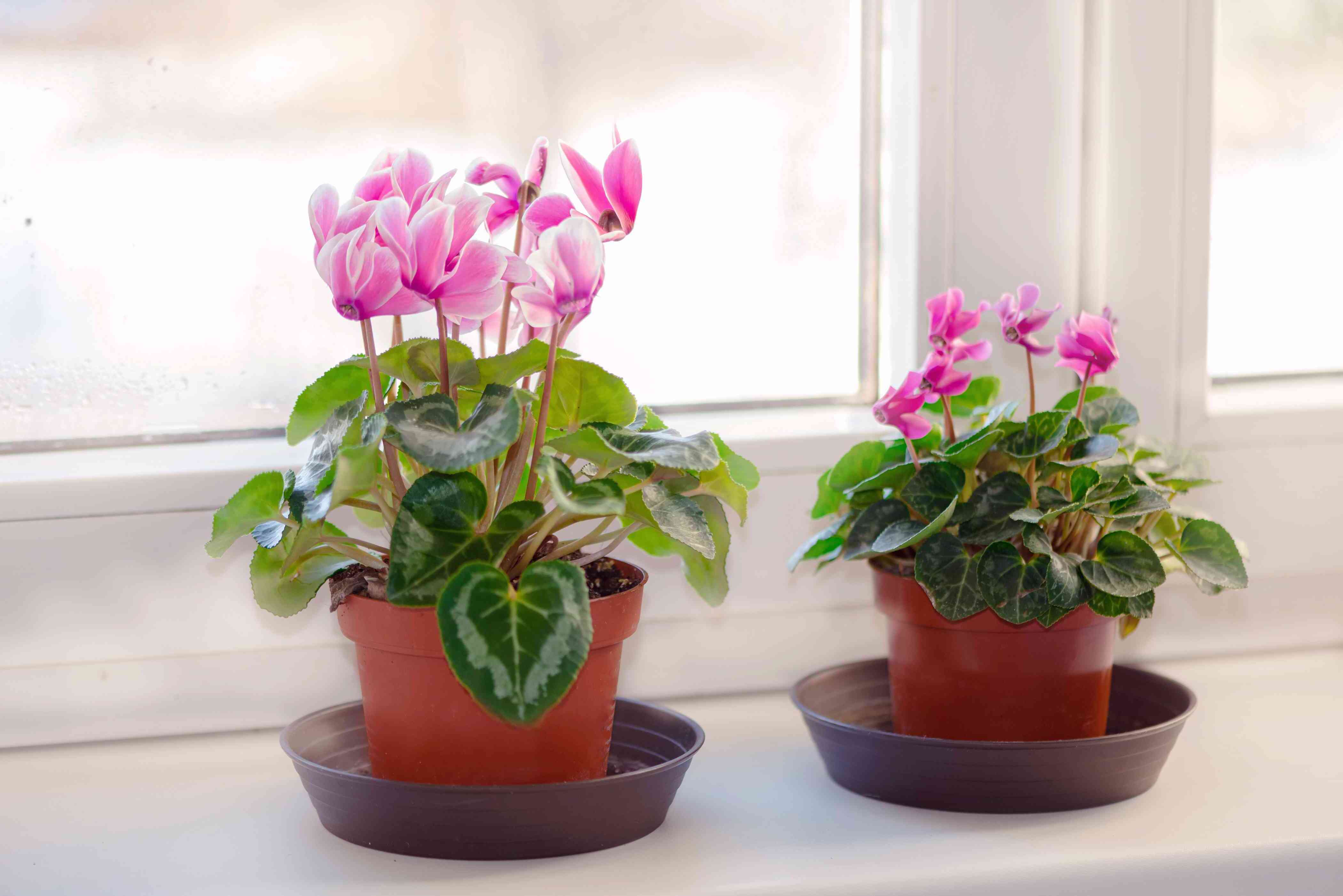Home>Ideas and Tips>Indoor Peperomia Care Guide: Low-Maintenance Houseplant Varieties


Ideas and Tips
Indoor Peperomia Care Guide: Low-Maintenance Houseplant Varieties
Modified: October 28, 2024
Discover essential tips for Peperomia care, a low-maintenance houseplant. Learn about soil, light, watering, and popular varieties for thriving indoor greenery.
(Many of the links in this article redirect to a specific reviewed product. Your purchase of these products through affiliate links helps to generate commission for Storables.com, at no extra cost. Learn more)
Introduction
If you're looking for a low-maintenance houseplant that adds a touch of elegance and beauty to your indoor space, you might want to consider the Peperomia. These plants are not only visually appealing but also incredibly easy to care for, making them perfect for both beginners and seasoned plant enthusiasts. With over 1,000 species of Peperomia, there's a variety to suit every taste and environment. In this comprehensive guide, we'll delve into the basic care requirements, popular varieties, and troubleshooting tips to ensure your Peperomia thrives.
Basic Care for Peperomia Plants
Soil and Potting
One of the key factors in caring for your Peperomia is choosing the right soil. These plants don't like wet feet, so it's crucial to select a pot with good drainage and use a light, fast-draining soil like a cactus mix. This type of soil helps prevent waterlogged soil conditions that can lead to root rot. Since Peperomias are slow-growing, you'll only need to repot them every year or two. If you notice roots popping out of the top or bottom of the pot or if the soil becomes compacted, it's time for a new pot and fresh soil.
Light
Peperomia plants do best in bright, indirect sunlight. They have evolved to thrive in shaded environments, such as forest floors under thick canopies, so they can tolerate lower light conditions if necessary. If you have a bright window, place your Peperomia near it but not directly in the sun's rays. If you don't have much natural light, don't worry—your Peperomia will still do well as long as you avoid overwatering.
Watering
One of the best things about Peperomia plants is their drought resistance. Their thick, fleshy leaves allow them to hang onto water during dry times, making them forgiving if you forget to water them occasionally. However, it's still important to water them regularly. Allow the soil to dry out between waterings, which means you'll likely be watering every 10-14 days throughout most of the year. Water thoroughly and empty the drainage trays immediately to prevent waterlogged soil.
Temperature and Humidity
While Peperomias hail from warm, humid tropical regions, they are adaptable to most indoor temperature and humidity levels. If you notice cracking in the leaves, you may want to set it on a pebble tray to provide a little more humidity. To do this, fill a tray with pebbles and water, then set the pot on top, ensuring the soil and roots don't touch the water. Keep your plant away from drafts and vents, space heaters, and lit fireplaces to maintain a stable environment.
Fertilizer
Like all plants, Peperomias need nutrients to thrive. We recommend using a liquid fertilizer that you can dilute so you can control how much your plant is getting. Fertilize with each watering during the spring and summer months, and once a month during the fall and winter. This will keep your Peperomia's foliage looking gorgeous and healthy.
Popular Varieties of Peperomia
With over 1,000 species of Peperomia, there are many varieties to choose from. Here are some of the most popular ones:
Peperomia Cupid
The Peperomia Cupid is known for its heart-shaped leaves and compact growth. It prefers low to indirect light and should be watered when 50%-75% of the soil volume is dry. This variety is non-toxic to humans and pets, making it a great choice for families.
Peperomia Ginny
The Peperomia Ginny has beautiful, variegated leaves that add a pop of color to any room. It also prefers low to indirect light and should be watered similarly to the Peperomia Cupid. This variety is also non-toxic and easy to propagate through stem cuttings.
Peperomia Green
The Peperomia Green prefers bright indirect light but can adapt to medium and low light conditions. It's known for its vibrant green leaves and compact growth. This variety is also relatively easy to care for and can thrive in average household humidity.
Peperomia Hope
The Peperomia Hope has beautiful, glossy leaves that add a touch of elegance to any room. It prefers low to indirect light and should be watered when 50%-75% of the soil volume is dry. This variety is non-toxic and can tolerate average household humidity.
Propagation
Peperomias are relatively easy to propagate, which makes them a great choice for plant enthusiasts who want to multiply their plants or share them with friends. Here’s how you can propagate your Peperomia:
-
Stem Cuttings: Cut a stem below a leaf node and stick it into fresh, clean water or soil. The cutting will develop roots after a few weeks. Once roots develop, transfer the cutting to soil and keep it moist until established.
-
Leaf Cuttings: Some varieties of Peperomia can also be propagated from leaf cuttings. Simply cut off a healthy leaf from the mother plant, allow it to dry for a few days to form a callus, and then plant it in well-draining soil. Keep the soil moist until roots develop.
Troubleshooting Common Issues
While Peperomias are generally easy to care for, they can still face some common issues. Here are some troubleshooting tips:
Overwatering
If you notice soft, yellowing leaves or dark, squishy stems, you're probably overwatering your Peperomia. Ease up on the watering and try giving it a little more light if possible. If the problem is severe, you may want to repot your plant into fresh soil and a clean pot.
Underwatering
If you notice dry spots on your Peperomia, crispy leaves, or leaf drop, you might be underwatering. If the soil feels very dry, give your plant a drink and keep a closer eye on it to make sure it's not dry for too long between waterings.
Sunburn
If your plant is in direct sunlight and you suddenly notice light-brown or reddish spots forming on the leaves, your plant might be sunburned. Move it out of direct sunlight and into a more appropriate spot.
Additional Tips for Care
Humidity
While Peperomias can tolerate average household humidity, they will benefit from added humidity. You can add humidity by placing a humidifier nearby, misting often, or using a pebble tray.
Temperature
Peperomias prefer average room temperatures between 65°F to 75°F. Keep them away from heating and cooling systems, or open doors and windows that can cause temperature fluctuations and drafts.
Pest Control
Peperomias are generally resistant to most plant pests. However, treat pests as soon as they appear with weekly sprays of neem oil or an insecticide, and regular wipe-downs of the infected plant.
Conclusion
Peperomias are indeed one of the best low-maintenance houseplants you can have. With their beautiful foliage, adaptability to different environments, and ease of propagation, they make perfect additions to any indoor garden. By following these basic care requirements and troubleshooting tips, you'll be able to keep your Peperomia thriving and enjoying its stunning beauty for years to come.
Whether you're new to houseplants or just looking for an easygoing plant to add to your collection, a Peperomia is an excellent choice. It will add a pop of color and beauty to your space without requiring much work. So go ahead and give one a try—your indoor garden will thank you
Was this page helpful?
At Storables.com, we guarantee accurate and reliable information. Our content, validated by Expert Board Contributors, is crafted following stringent Editorial Policies. We're committed to providing you with well-researched, expert-backed insights for all your informational needs.











0 thoughts on “Indoor Peperomia Care Guide: Low-Maintenance Houseplant Varieties”